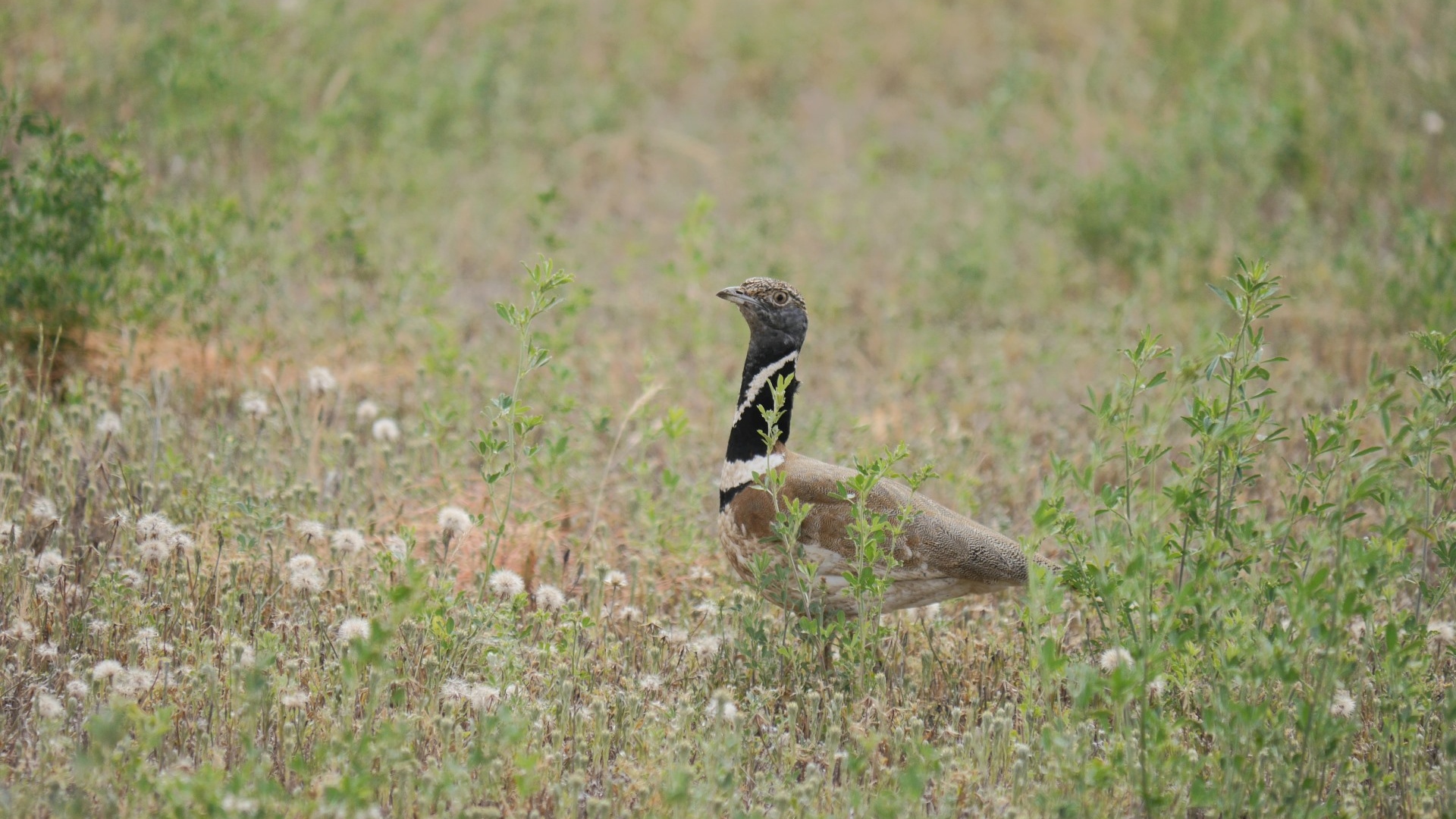He decline of steppe birds in Europe in recent decades is alarming, mainly due to the intensification of agricultural practices. In this situation, it is critical to evaluate the effectiveness of treatment protected areas.
This assessment includes examining both the population variation of these birds and habitat quality compared to unprotected areas, to guide effective conservation strategies.
The small staircase (Tetrax tetrax), classified as ‘endangered’ in Spain, is presented as an ideal model for this analysis.
Researchers from the Terrestrial Ecology Group (TEG-UAM), the Center for Research in Biodiversity and Global Change (CIBC-UAM) and the Institute for Hunting Research and Resources (IREC, CSIC-UCLM.JCCM) have developed a beneficial habitat model for the small staircase, which he describes in the magazine PeerJ Life and Environment.
This model, based on topographic features and land use availability, was applied in the Duero basin. The results indicate that although habitat suitability increased slightly between 2011 and 2020, the species continued to decline, both in unprotected areas and in Special Protection Areas for Birds (ZEPAs) of the Natura 2000 network.
However, it was observed that both habitat favorability and abundance of bustards were higher in protected areas than in unprotected areas.
Particularly noteworthy is the case of the Villafáfila Lagoons Nature Reserve, where much more favorable conditions for the species were maintained, implying a greater capacity to cope with its decline, compared to SPAs and unprotected areas.
Environmental challenge of steppe bird decline in Europe
The authors emphasize the usefulness of preference models, which adjust for prevalence biases and provide comparable values across species, years and areas, as effective tools in monitoring habitat quality.
However, they point out the challenge of having environmental information at higher spatial and temporal resolution to refine these models and detect impacts that cannot be captured by simple land use coverage.
The findings also show that the designated SPAs are intended for steppe birds They do not adequately fulfill their protective function. Only in areas with a higher level of protection, such as nature reserves, where the management of the territory and habitat is more oriented towards nature conservation, are optimal conditions maintained for species from agricultural environments such as the little bustard.
The researchers conclude that the complexity of harmonizing current agricultural management with biodiversity conservation has undermined the effectiveness of agricultural SPAs, reducing them in practice to little more than ‘paper parks’.

